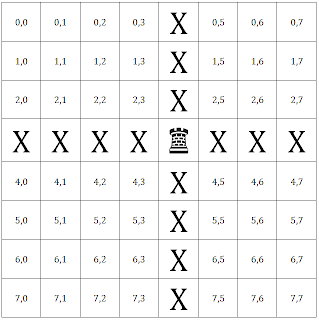I passed the VCAP5-DCA back in May when it was in beta. I forgot how many questions are on the VCAP5-DCA but come to
think of it, it doesn't really matter. What matters is your ability to perform
administrative tasks quickly, and how quickly you can use Ctrl+F to find out
how to perform administrative tasks from the VMware (the official VMware
documentation is provided). With this exam, there is no way you’ll know how to do every task on the exam (unless you’re some sort of VMware robot from Palo Alto sent to destroy our dignity by scoring 100%). The good news is, you don’t need to know how to do everything, because the official VMware PDFs are made available!
I passed the VCAP4-DCA and VCAP5-DCA. Check back next year for my VCAP6-DCA advice.
Rote memorisation will help you pass the VCP5,
design acumen will help you pass the VCAP5-DCD, but only practice will get you
through the VCAP5-DCA. My advice for the VCAP5-DCA exam is to practice until
you get sick of it.
How do you know
you’re ready?
If you've been living in fluffy architect land drawing on
whiteboards, you’ll definitely need to study before taking the exam. If you've spent the last weeks setting up a new vSphere environment from scratch or
troubleshooting, you’re ready to go.
Here’s an example task (I guarantee it’s not on any exam I
did!): Add the Cisco Nexus 1000V VIB to a VMware install bundle. Can you do it?
If so, congratulations: stop reading this blog post and book the exam before
you accidentally watch television and forget the knowledge. If you’re not sure how to
add a VIB, find the VMware documentation PDF that explains how to do it. Do you
understand the steps? Could you do it in under 6-8 minutes? If so, you’re
probably ready. If it takes you 10-15 minutes, do a bit more practice: time is
limited you’ll only be able to refer to the documentation 3-4 times before you
start running out.
Here are some suggestions to improve your administration
skills.
- Lab it up! Your lab doesn’t need to be representative of the exam lab, just the features you’re unfamiliar with. Unfamiliar with storage? One ESXi host and Openfiler will do! Unfamiliar with virtual distributed switches? Sounds like you’ll need at least two ESX hosts.
- Watch the vBrownbags: if it has VCAP-DCA in the title, watch it!
- Sit the VMware official training: the Install, Configure, Manage along with Fast Track will cover everything you need in the exam. I prefer classroom training because you get to make friends in your local VMware community and share experiences.
If you do the VMware courses, you'll get binders full of slides and exercises. BINDERS FULL.
To be honest, I'd rather have the videos from TrainSignal handy.
To be honest, I'd rather have the videos from TrainSignal handy.
- TrainSignal VMware vSphere 5 training: This is the cheaper alternative to the courses. If you have the will to self-study, this is good. If not, don’t bother. The relevant courses are VMware vSphere 5 Training and vSphere Advanced Networking Training. There’s over 24 hours of videos, but you should be able to study it all in a week. Skip over what you’re familiar with (you’re already a VCP: do you really need to watch a video on how to create a resource pool?) and cover your weak points.
- Read the blueprint with the mindset of the test writer: while reading it, ask yourself “If I was writing the exam, how would I test if somebody knew this?” about each point. If you were writing an exam question to test someone's competence with resource pools, how would you test it? Perhaps you'd create a resource pool hierarchy and VM reservations such that a VM wouldn't be able to power on. Then you'd ask the student to make a single change to the hierarchy that would allow it to power on.










